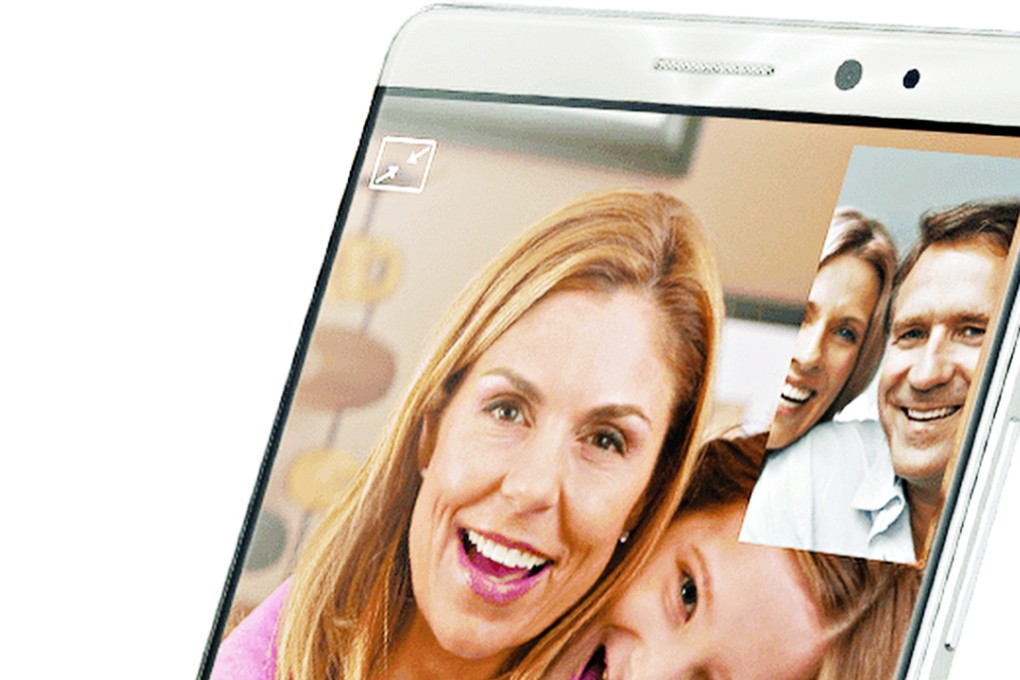Review: Huawei Mate 8 – a powerhouse phone that’s built for business, but too stiff for fun
The Chinese phone manufacturer’s follow up to the popular Nexus 6P is more powerful, but less of an all around great phone

Having wowed the tech world with the well-reviewed Nexus 6P last year, Huawei showed the world what else they’re capable of at last month’s Consumer Electronics Show 2016 in Las Vegas with the Mate 8.
Design
Huawei has been pumping out premium looking metallic phones for a while, and the Mate 8 is no different. It’s a full slab of metallic body and aluminium goodness with a piece of Gorilla Glass 4 (hardened) covering its entire front. The side bezels are super slim and at first glance had me worried that it would be like the Galaxy Note 5, where accidental palm touches to the screen was an everyday occurrence. Not so here, probably because of the slightly protruding glass. The Mate 8’s screen-to-body ratio is impressive too – its body is a hair smaller than the iPhone 6s Plus, despite having a 6-inch screen to the 5.5-inch on Apple’s phone.
Two machine drilled speaker grills are placed symmetrically at the bottom and are flanked by two tiny screws that presumably aren’t just there for looks. The back is largely metallic, disturbed only by two thin strips of plastic to allow antenna signals to pass through. This is where the only sign of issue exist – the plastic strip at the bottom sits flush below the rest of the body and so the aluminium juts out to create a sharp catch where lint collects. Near the top there’s the camera as well as a fingerprint scanner directly beneath it, just like the Nexus 6P. And also, just like 6P, you can unlock the phone without activating the screen first, and it’s lightning fast. It’s also an ergonomic location as proven by the LG phones who pioneered this the back placement. Typically the phone is unlocked and ready by the time it’s halfway raised toward my face.
Features/Software
Huawei is trying to do a lot here with its Android skin, dubbed the EmotionUI. There are plenty of nice concepts littered throughout the UI, offering their take on what the Android home screen should be like. For example, the notification slide shows notifications in chronological order, like a timeline. It’s an addition I’m particularly fond of. Now if only apps that appear in the notification pull down menu were themed properly instead of having text blend into the background.
Another way the EmotionUI strays from Android is it removes the app drawer, which Android phones use to store infrequently-used apps. On the Mate 8, all apps must go on the home screen, like an iPhone. It’s really a matter of preference – those who don’t mind iOS should have no problem with the lack of an app drawer, while Android diehards might find it really annoying.

Also unique to Huawei devices is Smart assistance and it consists of the ability to customise your navigation bar, motion controls such as “flip to mute”, knuckle gestures where you draw a circle with your knuckles to take a screenshot, for example, though I can never get it to work on the first try.